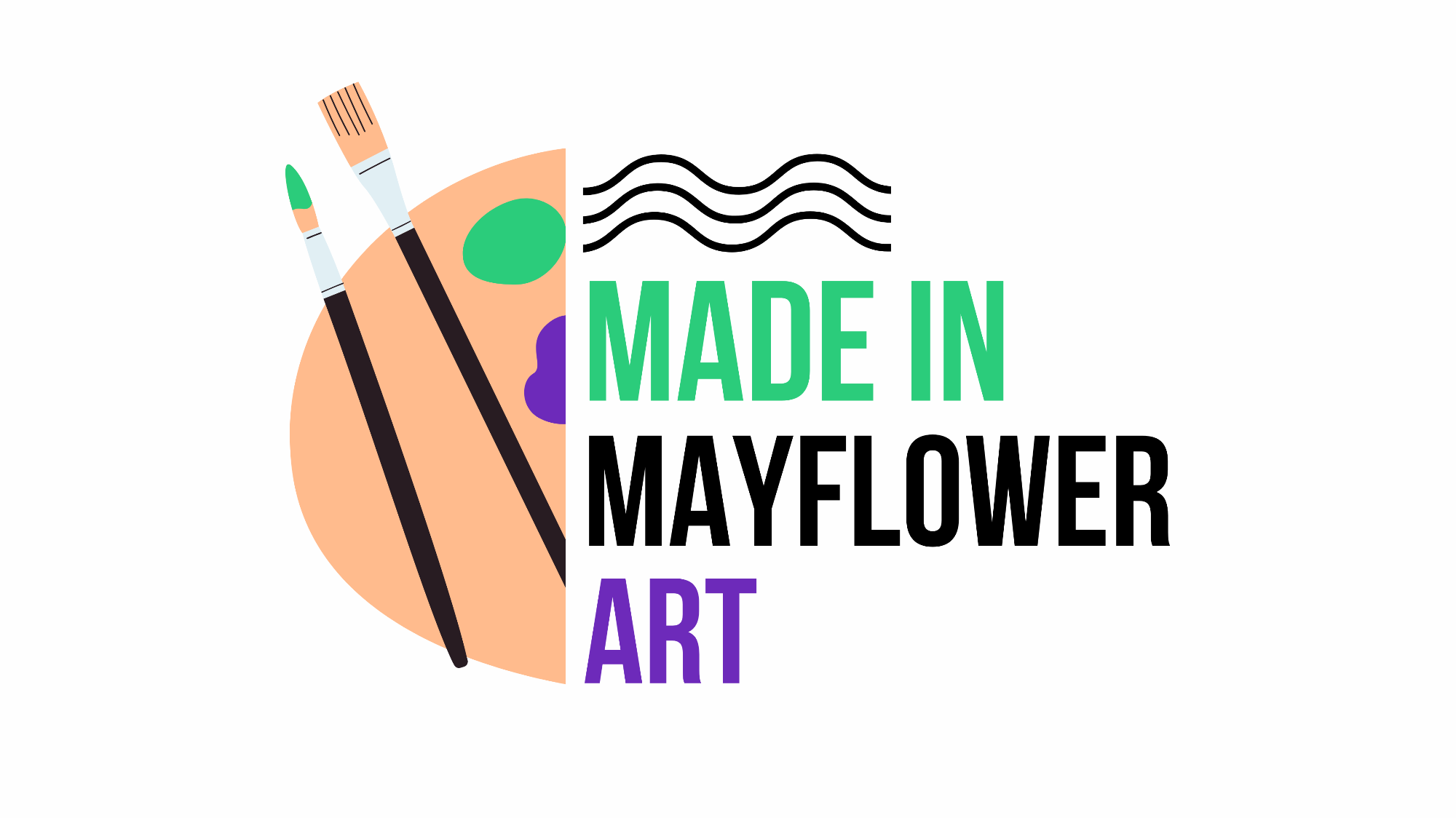Art
Click the logo to tune into daily updates
LAT Narrative Over Time
Introduction
Across the LAT our Art and Design curriculum complements our History and Geography driver subjects where appropriate, creating a sense of ‘Here and There’ and ‘Then and Now’. This ensures that our pupils have the opportunity to study and learn from the art around them, in their local area, the UK and across the world.
Intent | What and why do we teach what we teach?
At the Learning Academies Trust, art is one of our driver subjects with the purpose of developing a pupil’s creativity. We have carefully curated an art and design curriculum that engages, inspires and challenges pupils to learn and remember more. We equip them with the knowledge and skills needed to experiment and develop their own work. Through our art curriculum, they will become critical thinkers and develop a secure understanding of art and design. They will leave us knowing the role art has had in shaping our History and Geography and their contribution to the culture and creativity in the world we live in. The National Curriculum is adhered to as a minimum expectation of design and delivery.
Implementation | How and when do we teach what we teach?
Across the LAT, art is taught from EYFS to Year 6 through our LAT-wide curriculum. Our key concepts, colour, pattern, texture, line, shape, form and space, are interwoven throughout the curriculum ensuring there is a clear progression of skills and knowledge across each of our schools.
As art is a driver subject, during the Spring Term each school will spend a minimum of 10 hours on a given project. This allows pupils to embed the key concepts, knowledge and skills needed across their project, allowing time for exploration and evaluation. By dedicating this time to art in the spring term, it enables a ‘lighter touch’ in the autumn and summer terms.
Across our schools, a variety of tools, models and methods are used to scaffold pupils’ learning to enable pupils to remember more and deepen their understanding. This may include and are not limited to: live modelling, questioning, retrieval practice, knowledge organisers, graphic organisers and modified or specialist tools. It is essential that all pupils receive an ambitious and challenging art curriculum from when pupils join us in EYFS to when they leave us in Year 6, ready for Key Stage Three.
In EYFS, art is taught through the ‘expressive arts and design’ aspect of the Development Matters curriculum. Pupils will explore, use and refine a variety of artistic effects to express their ideas and feelings. They will develop their mark making skills, drawing with increasing complexity and detail. Pupils will explore colour and colour mixing using a range of materials and painting tools. They will also create collaboratively, sharing ideas, resources and skills with their peers. Pupils will develop their fine motor skills so that they can use a range of tools competently, safely and confidently.
In Key Stage One, pupils will learn to use a range of materials creatively to design and make products. They will use drawing painting and sculpture to develop and share their ideas, experiences and imagination. They will develop a wide range of art and design techniques in using colour, pattern, texture, line, shape, form and space. They will learn about a range of artists, craft makers and designers, describing the differences and similarities between different practices and disciplines, and making links to their own work. All pupils will use a sketchbook to record their ideas and observations.
Moving into Key Stage Two, pupils will be taught to develop their techniques, including their control and their use of materials, with creativity, experimentation and an increasing awareness of different kinds of art, craft and design. They will use sketchbooks to record their observations and use them to review and revisit ideas. They will improve their mastery of art and design techniques, including drawing, painting and sculpture with a range of materials. They will also learn about great artists, architects and designers in history.
Impact | How do we assess the impact of what we teach via pupil outcomes?
Art and Design follows the LAT assessment framework that informs the schools about the impact of two main aspects of the Teaching and Learning process:
-
The depth of a pupil's knowledge, understanding and ability to make links in learning.
-
The ability for pupils to apply procedural knowledge to skill-based activities.
Within the context of Art and Design, the following methods of assessment are used:
- Recall knowledge: Pupils will demonstrate an ability to recall facts and information, whilst demonstrating their ability to recall and model the techniques taught. This assessment of pupils’ knowledge in these areas will be used to inform future lessons, the need for additional practice, pre-teach and interventions.
- Explore and Question: Using graphic schema, pupils will be challenged to demonstrate an ability to use their knowledge by being asked rich, varied questions relating to the subject matter. Pupils will be able to use a rich vocabulary to communicate their own thoughts and interpretations of questions relating to the subject. Pupils will demonstrate their understanding of the taught skills, techniques and knowledge to explore their own ideas within Art and Design, selecting and exploring the techniques they have developed so far.
- Communicate: For each Art and Design project, pupils will produce a final piece using their acquired knowledge, skills and understanding. Teachers will provide pupils with opportunities to articulate what they have learned, the design choices they have made and how it connects with the wider curriculum. This could be through but not limited to: blogging stations, project shares, written pieces of work and gallery exhibitions.

